Waterfalls in Bhutan offer stunning natural beauty and are spread across different regions of the country. Bhutan, a landlocked nation in South Asia, is home to diverse geographical features, including cascading waterfalls. These waterfalls originate from the Himalayan mountains and flow through lush valleys, creating stunning views. Some waterfalls are easily accessible, while others require trekking through forested trails. Many of these locations hold cultural or spiritual significance, attracting visitors interested in nature and history. The country’s waterfalls also provide opportunities for adventure enthusiasts who enjoy hiking and photography.
Top 10 Waterfalls In Bhutan
Here are some of the most well-known waterfalls in Bhutan, offering insights into their locations and unique characteristics.
1. Domthangkha Waterfall
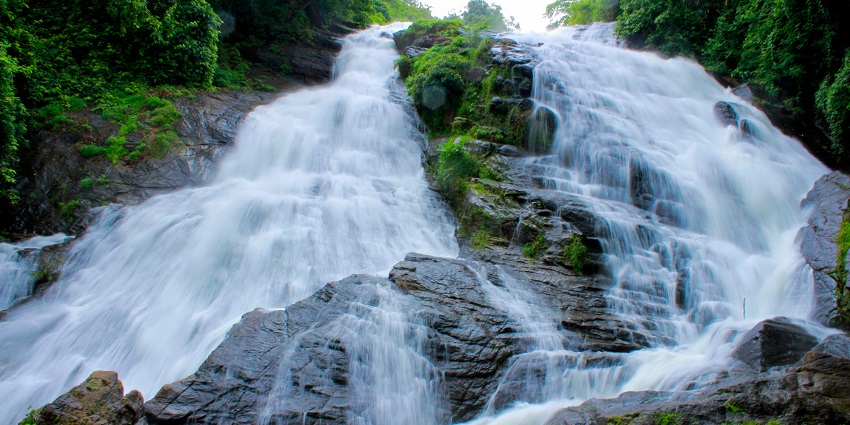
Photo: Nandhu Kumar / Pexels / Image For Representation Only
Domthangkha Waterfall is a lesser-explored natural attraction in Bhutan, offering visitors a peaceful retreat. The cascading water flows down rugged rock formations, creating a scenic view surrounded by dense greenery. Unlike other waterfalls in the region, it remains relatively untouched, providing a quiet environment for nature enthusiasts. The surrounding forested area is home to diverse plant species, making it a great spot for photography. Travelers visiting the site can also enjoy short hikes along nearby trails.
Location: Athang, Bhutan
Major Attractions: Scenic rock formations, forest trails, and photography opportunities
Best Time To Visit: Spring and autumn
Suggested Read: Discover The Top Places To Visit In Bhutan
2. Panbang Waterfall
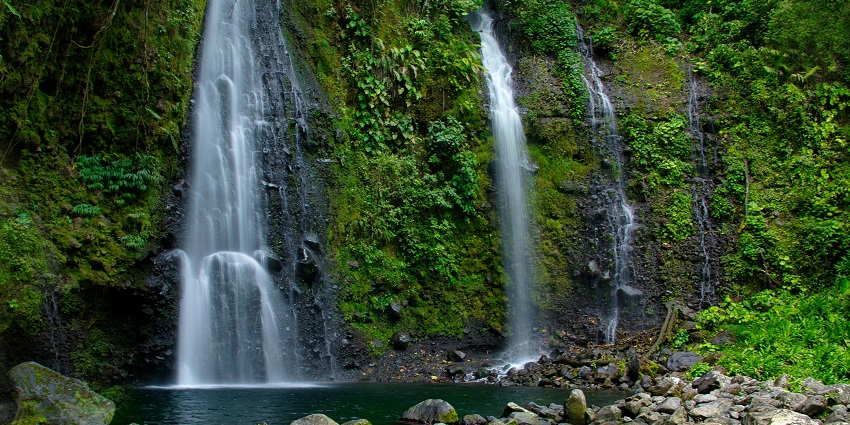
Photo: Koen Swiers / Pexels / Image For Representation Only
Panbang Waterfall, located in southern Bhutan, is surrounded by dense tropical forests, offering visitors a refreshing experience. Unlike the high-altitude falls in northern regions, this waterfall is set in a warmer climate, making it an inviting stop for travellers. Those exploring Bhutan waterfalls in the south often find this location ideal for nature walks and spotting unique flora and fauna.
Location: Panbang, Zhemgang District
Major Attractions: Wildlife spotting, river rafting, and trekking routes
Best Time To Visit: June – November
3. Trongsa Waterfall

Photo: Renan Bomtempo / Pexels / Image For Representation Only
Trongsa Waterfall stands as a mesmerising natural attraction near Trongsa Dzong, one of Bhutan’s most significant heritage sites. The waterfall’s descent over rocky formations creates a dramatic sight, especially during the monsoon season. Many visitors pause here to admire the contrast between the flowing water and the surrounding mountainous surroundings. The location provides excellent opportunities for photography, particularly at sunrise when the first light highlights the water’s motion.
Location: Trongsa District
Major Attractions: Trongsa Dzong, viewpoints, and historic sites
Best Time To Visit: March – November
Suggested Read: Best Valleys In Bhutan That Will Take Your Breath Away
4. Wangdue Phodrang Waterfall
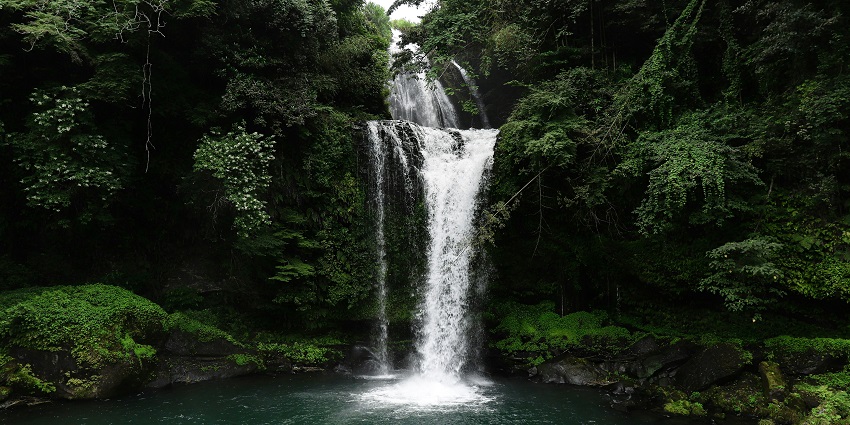
Photo: SLNC / Unsplash / Image For Representation Only
Wangdue Phordang Waterfall is a seasonal spectacle in the well-known Phobjikha Valley, famous for its black-necked crane population. The waterfall swells during the monsoon months, cascading over the valley’s rocky slopes. Travelers visiting this location enjoy the chance to witness both natural beauty and ecological diversity. Among the famous waterfalls in Bhutan, this one stands out for its changing appearance throughout the year.
Location: Phobjikha Valley
Major Attractions: Crane habitat, nature trails, and cultural villages
Best Time To Visit: October – February for birdwatching; June – September for the waterfall
5. Trashiyangtse Waterfall
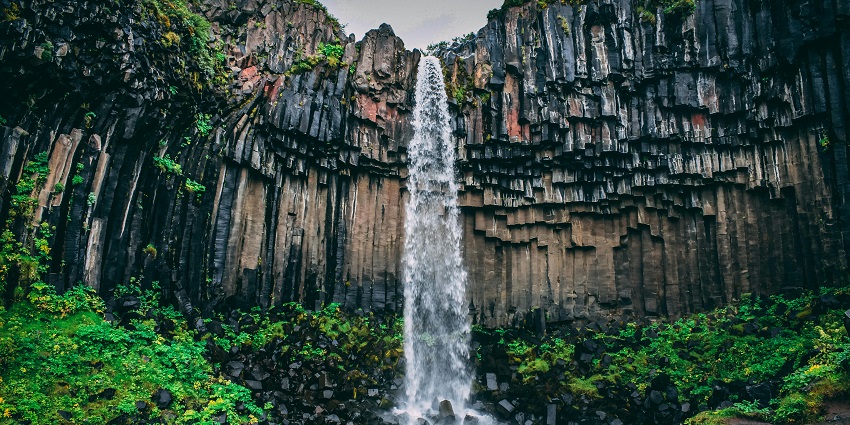
Photo: Rudy Kirchner / Pexels / Image For Representation Only
Trashiyangtse Waterfall, nestled in the serene landscapes of Bhutan, is a breathtaking natural wonder. Cascading down lush green cliffs, this hidden gem offers a mesmerising sight and a tranquil escape for nature lovers. The soothing sound of rushing water, combined with the picturesque surroundings, makes it a perfect spot for relaxation and photography. A visit to this waterfall promises a refreshing experience, showcasing Bhutan’s pristine beauty at its best.
Location: Trashiyangtse district
Nearby Attractions: Chorten Kora, Bumdeling Wildlife Sanctuary, Gomphu Kora
Best Time To Visit: May – September
Suggested Read: Explore The Serene Lakes In Bhutan
6. Bubja Waterfall
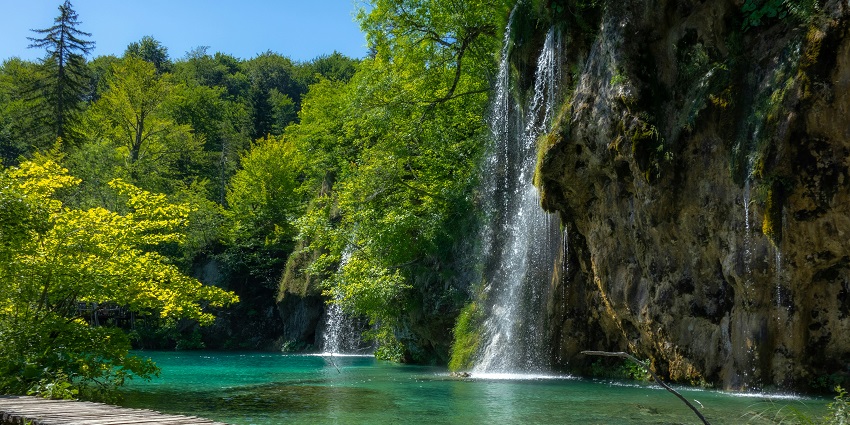
Photo: Ilse / Unsplash / Image For Representation Only
Bubja Waterfall, located in the Trongsa district, offers a stunning natural display as it cascades down rugged rock formations. The waterfall is surrounded by dense forests, creating a peaceful setting ideal for nature enthusiasts. The flowing water remains strong throughout the year, with monsoon season further enhancing its beauty. Unlike other waterfalls in Bhutan, Bubja remains relatively unexplored, making it an excellent destination for visitors looking for a quieter experience.
Location: Trongsa district
Major Attractions: Serene natural surroundings, trekking trails, and panoramic viewpoints
Best Time To Visit: March – May, September – November
7. Dagana Waterfall
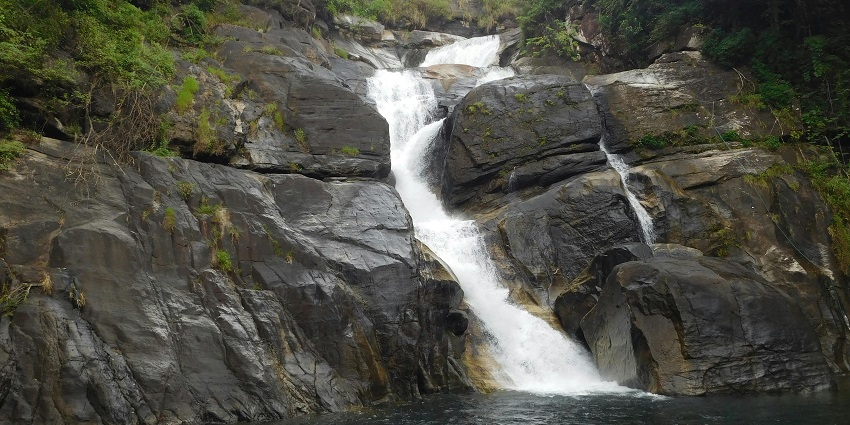
Photo: Egbert Andrew / Pexels / Image For Representation Only
Tucked away in the untouched landscapes of Bhutan, Dagana Waterfall is a hidden paradise where nature sings in cascading melodies. The waterfall tumbles gracefully over rocky cliffs, enveloped by emerald-green forests, creating a scene straight out of a dream. The rhythmic roar of water, the cool mist in the air, and the tranquil surroundings make it a perfect escape for adventurers and dreamers alike
Location: Dagana district
Nearby Attractions: Dagana Dzong, Lhamoizingkha Tashithangh Monastery
Best Time To Visit: July – September
Suggested Read: Discover The Top Things To Do In Bhutan
8. Paro Waterfall
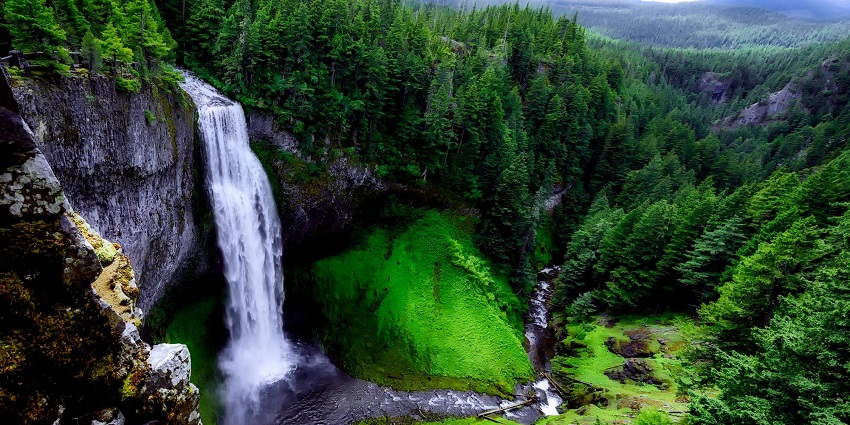
Photo: Pixabay / Pexels / Image For Representation Only
Paro Waterfall, nestled in the enchanting valley of Paro, Bhutan, is a breathtaking natural wonder surrounded by lush greenery and serene landscapes. The cascading waters create a mesmerizing spectacle, offering a peaceful retreat for nature lovers and photographers. The refreshing mist and tranquil ambiance make it a perfect spot for relaxation.
Location: Paro District
Major Attractions: Tiger’s Nest Monastery, hiking trails, and mountain views
Best Time To Visit: March – May and September – November
9. Bumthang Waterfall
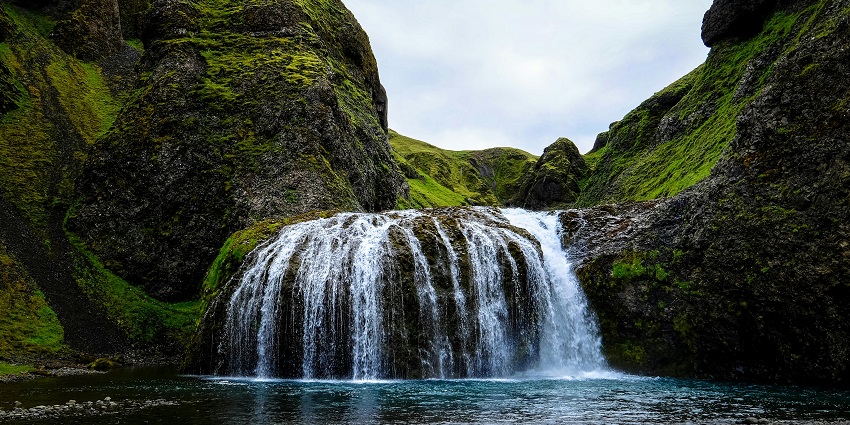
Photo: Francesco Ungaro / Pexels / Image For Representation Only
Hidden amidst the mystical valleys of Bhutan, Bumthang Waterfalls cascade gracefully, weaving a symphony of nature’s finest melodies. Surrounded by dense forests and sacred monasteries, this enchanting waterfall offers a tranquil escape into Bhutan’s untouched beauty. The crystal-clear waters tumble over rugged cliffs, creating a mesmerizing mist that refreshes the soul. Whether seeking adventure or serenity, Bumthang Waterfalls promise a magical experience in the heart of Bhutan’s spiritual haven.
Location: Bumthang Valley
Best Time To Visit: June to October
Suggested Read: Bumthang Valley
10. Thimphu Waterfall

Photo: Ray Bilcliff / Pexels / Image For Representation Only
Thimphu Waterfall, also called the Roadside Waterfall, is a natural attraction along the Phuentsholing-Thimphu Highway. This cascading waterfall provides a refreshing stop for travellers exploring Bhutan’s mountainous terrain. Surrounded by lush greenery, the site offers a peaceful retreat from the journey. The waterfall remains active throughout the year, but its flow is most impressive after the monsoon season. Visitors often take a short break here to enjoy the scenery and capture photographs of the misty cascade. Its convenient location makes it an accessible and relaxing spot for those traveling between Phuentsholing and Thimphu.
Location: Along the Phuentsholing-Thimphu Highway, Bhutan
Major Attractions: Scenic views, photo opportunities, and a peaceful atmosphere
Best Time To Visit: Post-monsoon season (September to November) for the most vibrant flow
Waterfalls in Bhutan provide visitors with remarkable natural sites, each with its own charm. Some are deeply connected to local folklore, while others support diverse ecosystems. These cascades offer opportunities for exploration, photography, and appreciating Bhutan’s unspoiled surroundings. Visitors can witness seasonal changes in water flow, adding to the allure of these locations. Plan your trip with TripXL to uncover Bhutan’s remarkable waterfalls and natural wonders.
Cover Photo: Jonatan Pie / Unsplash / Image For Representation Only


 WhatsApp
WhatsApp
 Twitter
Twitter









